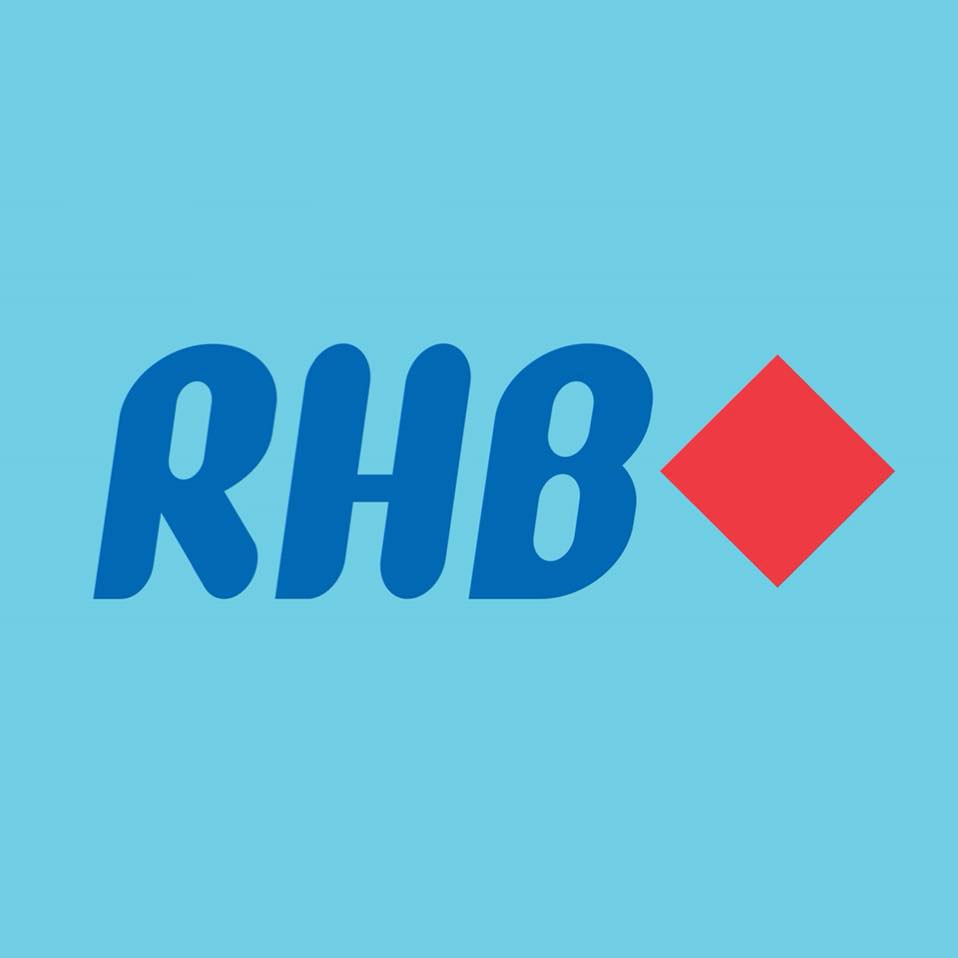PETALING JAYA: RHB Bank Bhd posted a net profit of RM570.88 million for the first quarter ended March 31, 2020, 9.4% lower than the RM630.19 million recorded a year ago due to lower non-fund based income and higher allowances for expected credit losses (ECL).
Increase in net fund based income was driven by proactive management of funding costs, which dropped 7.5% year-on-year, as a result of the increase in current and savings account (Casa) composition from 24.5% to 27.4% and the redemption of RM600 million hybrid tier-I capital and RM1 billion sub-debts in 2019. Net interest margin for the quarter was 2.11% compared with 2.16% for the same period last year.
Non-fund based income was 9.3% lower at RM484.8 millio, mainly due to the unrealised marked-to-market losses on the group’s trading portfolio due to the movement in yield curve towards the end of March. However this unrealised loss position subsequently reversed in April as the yield curve normalised.
Operating expenses declined by 0.6% to RM841.5 million from a year ago driven by disciplined cost management efforts in the current volatile market. Cost-to-income ratio improved to 48.2% from 48.6% a year ago.
Allowances for credit losses was at RM151.4 million, primarily due to higher allowances for ECL on loans which has included a RM50 million additional provision set aside in relation to Covid-19, as well as lower ECL writeback compared with the previous corresponding period for financial investments at amortised cost and financial assets at fair value through other comprehensive income. Annualised loan credit costs stood at 0.34%.
Total assets of the group remained stable since December 2019 at RM257.8 billion as at March 31, 2020. Net assets per share was at RM6.50, with shareholders’ equity at RM26.0 billion.
Its common equity tier-1 and total capital ratio of the group after the final dividend stood at 16.04% and 18.32% respectively.
The group’s gross loans and financing grew by 3.6% year-on-year to RM176.2 billion supported mainly by resilient growth in mortgages, SME and Singapore loans. Domestic loans and financing grew 2.2% year-on-year. The group’s domestic loan market share stood at 8.8% as at end March 2020.
Customer deposits grew by 3.8% year-on-year to RM194.0 billion as at March 31, 2020 largely attributable to growth in Casa and MMTD. Liquidity coverage ratio remained healthy at 137.7%.
Total Casa increased by 16.4% year-on-year, with Casa composition at 27.4%.
Gross impaired loans ratio improved to 2.00% from 2.12% a year ago with gross impaired loans at RM3.53 billion as at March 31, 2020. It continued to be prudent in loan loss provision with loan loss coverage standing at 107.6% as at end March 2020.
RHB group managing director Datuk Khairussaleh Ramli said the Covid-19 pandemic has caused a significant disruption to economic activities globally. This is coupled with the potential effects of low commodities prices. However, it is still too early to ascertain the full impact of these developments to the economy and the banking industry.
“The group’s underlying performance in the first quarter reflects its resilience and strong fundamentals despite operating under an extremely tough and unprecedented economic environment. We can expect our financial performance to be affected in this financial year. However, we are confident that our healthy liquidity position and strong capital base will help us steer through these challenging times,“ he said in a statement today.
To-date, RHB has approved almost RM1.3 billion in Special Relief Facility to 2,000 SMEs to help alleviate the short term cash flow difficulties faced by them arising from the Covid-19 pandemic.
“It is still early days for us to see the full extent of the Covid-19 pandemic implications, with estimates of the possible impact to the group remaining very broad at this point.
“While we stay the course with our five-year strategy, FIT22, we will be reviewing our initiatives with the objective to prioritise key areas taking into account external opportunities and threats as well as internal capability and capacity,” he added.














